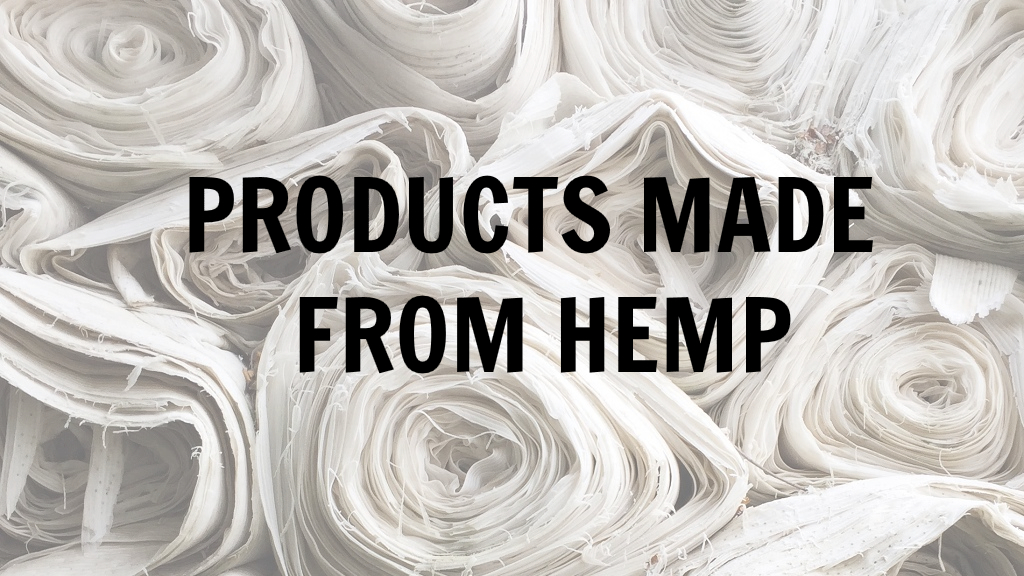Hemp has a long and fascinating history, with evidence of its cultivation dating back thousands of years. Hemp was likely one of the first plants to be cultivated by humans. Archaeological evidence suggests that hemp was grown in China more than 8,000 years ago for use in textiles, food, and medicine.
Hemp cultivation eventually spread to other regions, including Europe, where it was used for a variety of purposes, including paper, textiles, and rope.
Hemp played an important role in colonial America, where it was used to make rope, paper, and clothing. In fact, some colonies required farmers to grow hemp as a cash crop.
In the early 20th century, hemp and marijuana (which comes from a different variety of the same plant) were lumped together and subjected to increasingly strict regulations. By the 1970s, hemp cultivation was largely prohibited in the United States.
In recent years, there has been a renewed interest in hemp and its potential uses. Many countries, including the United States, have lifted restrictions on hemp cultivation, and hemp-derived products like CBD oil have become increasingly popular.
- CBD oil: A type of hemp oil that is extracted from the flowers, leaves, and stalks of the hemp plant. CBD oil is known for its potential health benefits, including reducing anxiety and pain, and improving sleep.
- Hemp seed oil: A type of oil that is derived from the seeds of the hemp plant. Hemp seed oil is often used in skincare products because it contains high levels of essential fatty acids that are beneficial for the skin.
- Hemp protein powder: A type of protein powder that is made from ground hemp seeds. Hemp protein powder is a popular vegan and plant-based protein source that is also high in fiber.
- Hemp clothing and textiles: Clothing and textiles made from hemp fibers are lightweight, durable, and breathable. Hemp clothing is also sustainable because hemp plants require fewer pesticides and herbicides to grow than other crops.
- Hemp paper products: Paper products made from hemp fibers are stronger and more durable than those made from wood pulp. Hemp paper is also more environmentally friendly because it requires less water and chemicals to produce.
- Hemp building materials: Building materials made from hemp, such as hempcrete and insulation, are lightweight, fire-resistant, and provide excellent insulation. Hemp-based building materials are also more environmentally friendly than traditional building materials because they are made from renewable resources.
- Hemp-based biofuels and plastics: Hemp can be used to produce biofuels and plastics that are more environmentally friendly than traditional fossil fuels and plastics because they are biodegradable and made from renewable resources.
Throughout its history, hemp has been valued for its versatility, durability, and sustainability. With increasing interest in sustainable agriculture and renewable resources, it’s likely that hemp will continue to play an important role in the years to come.

